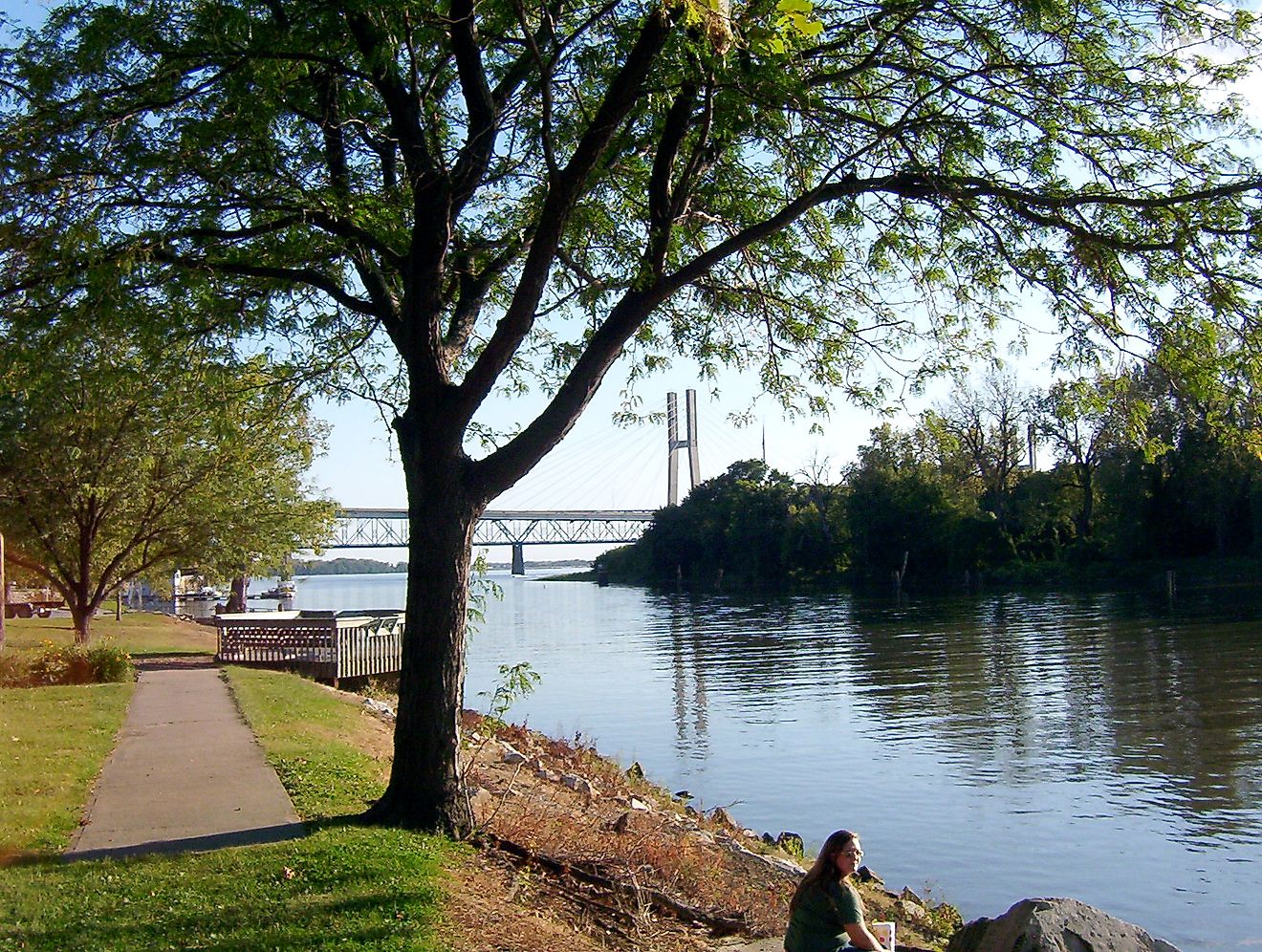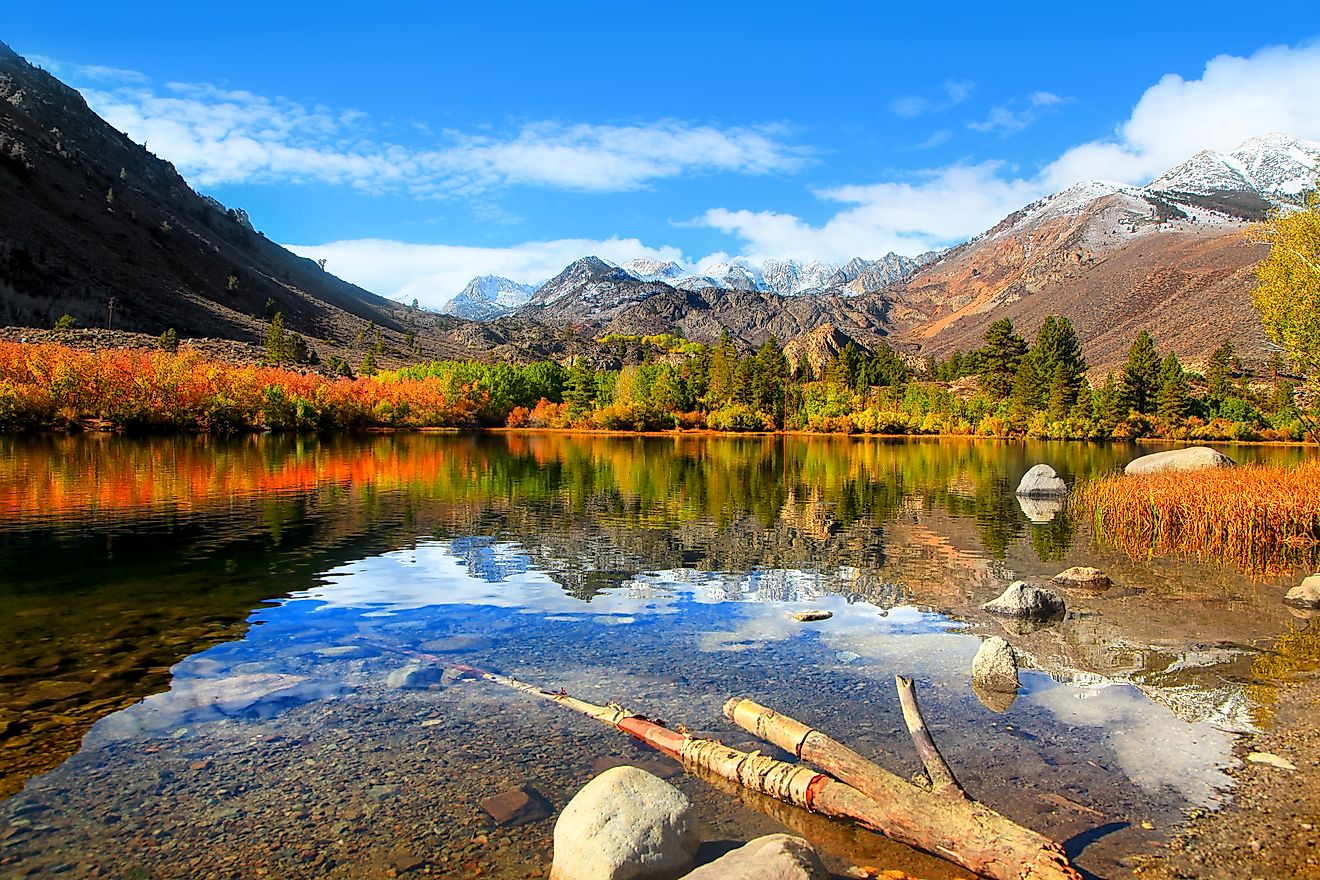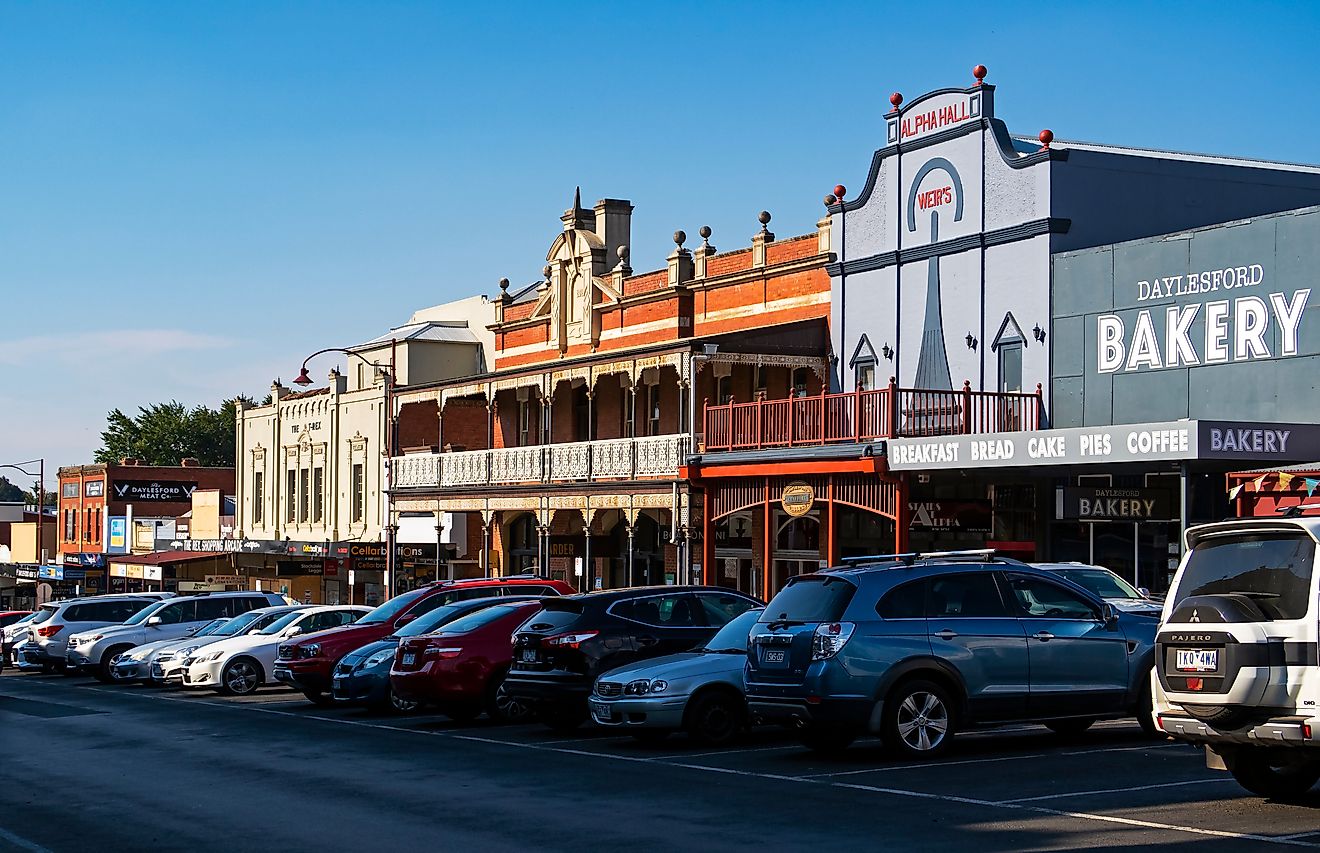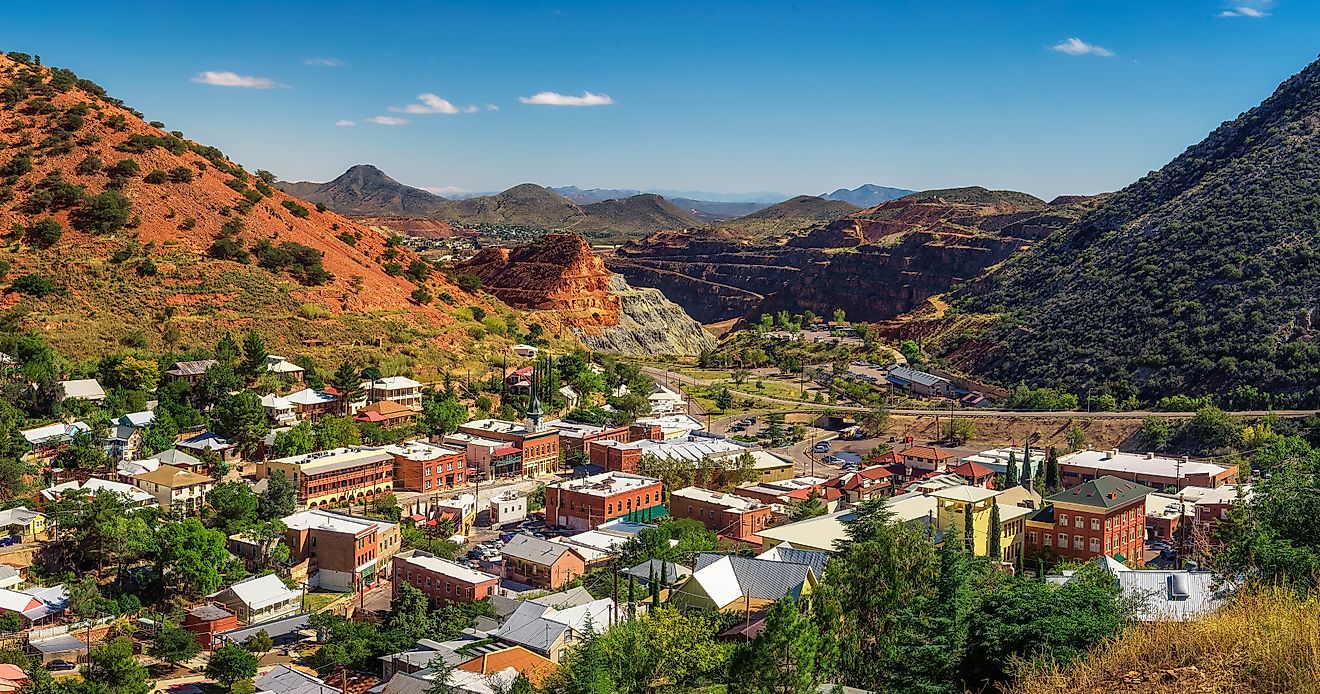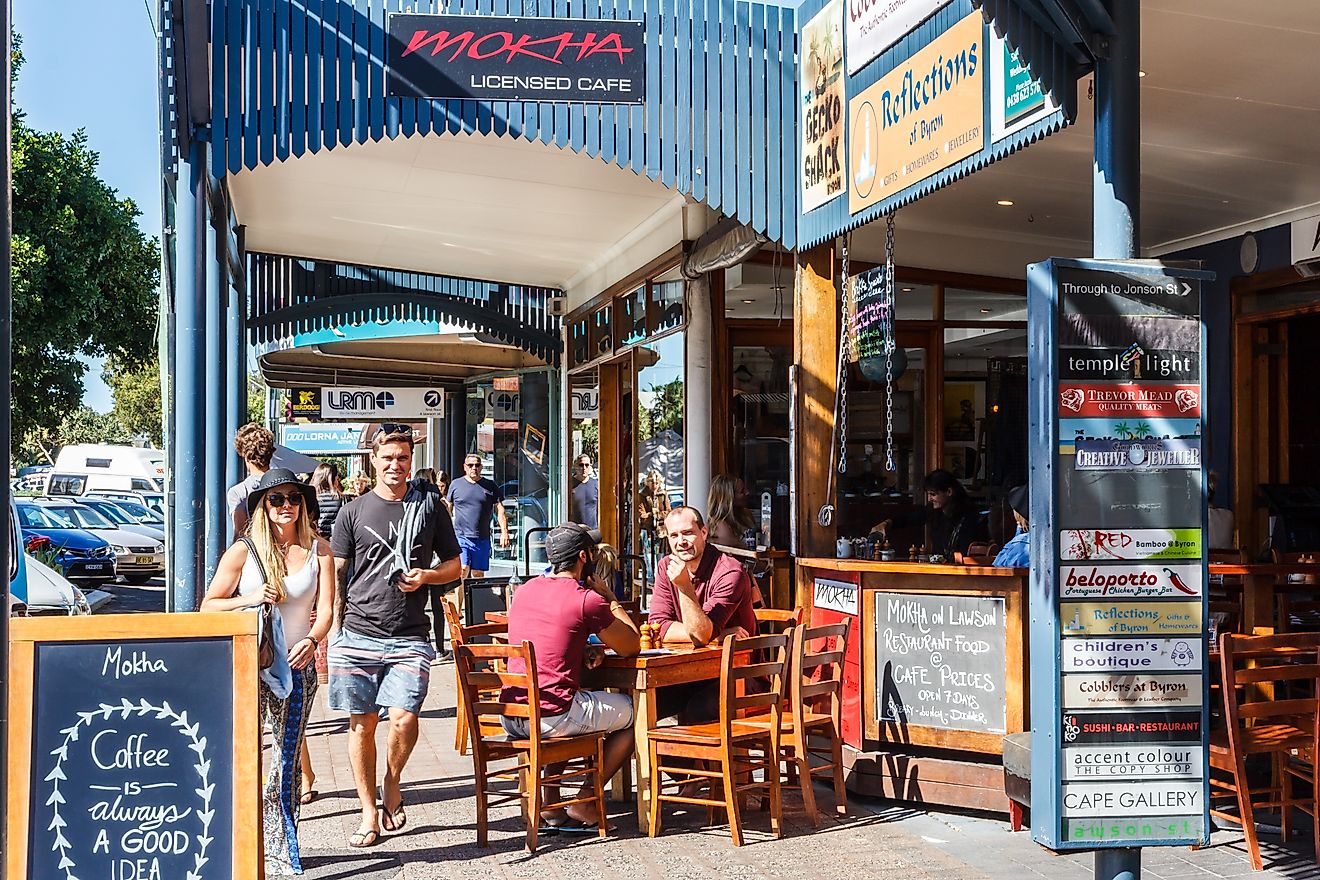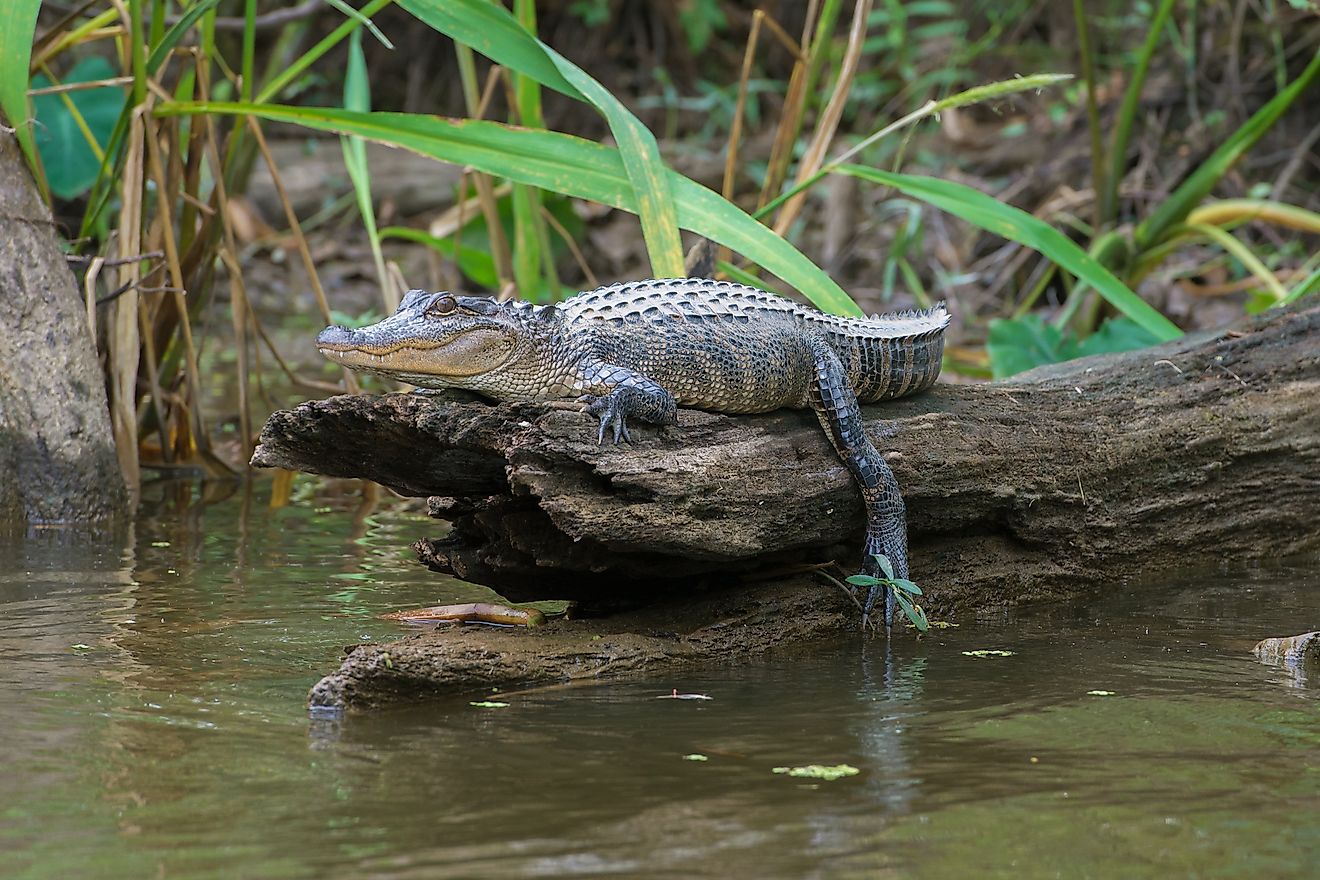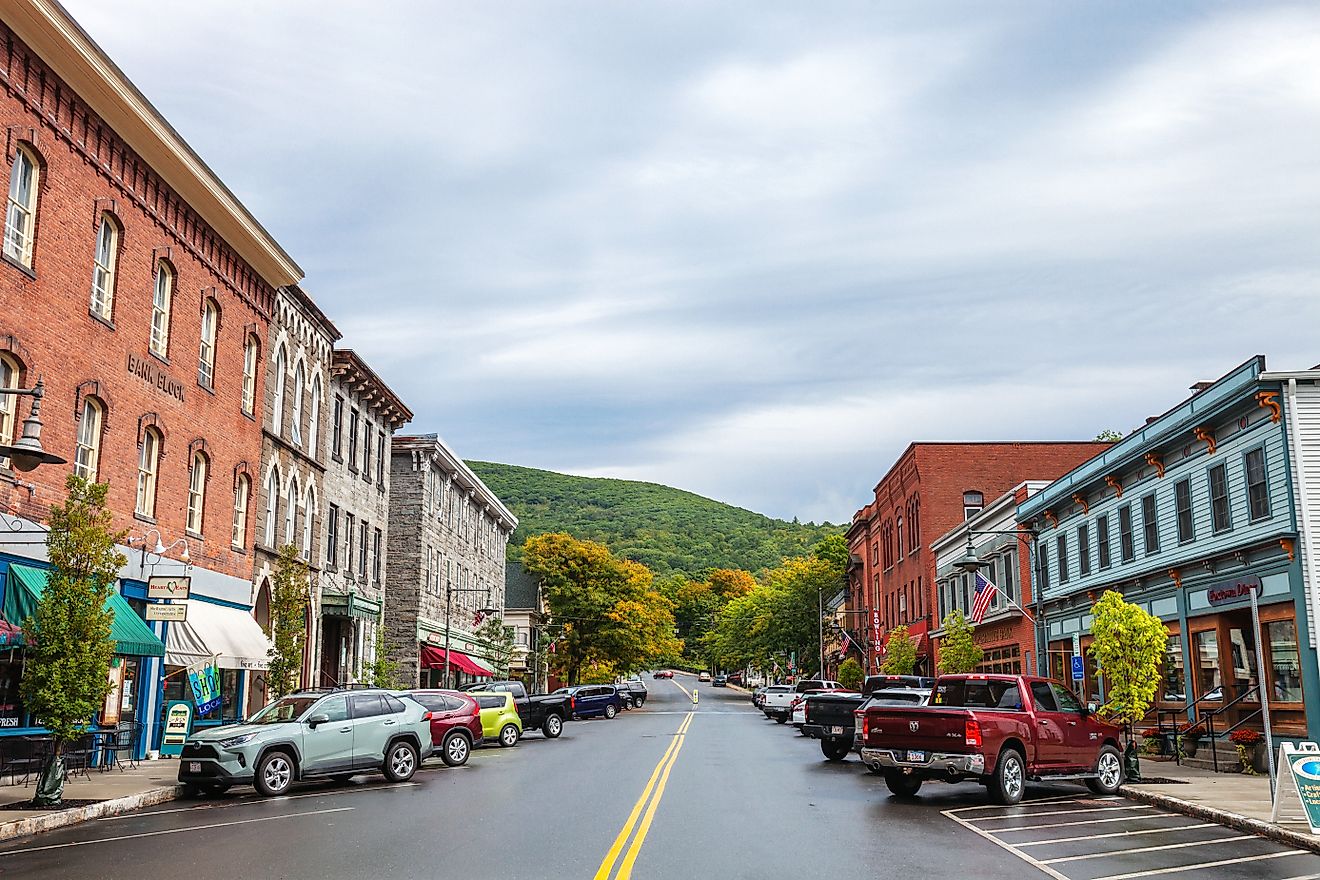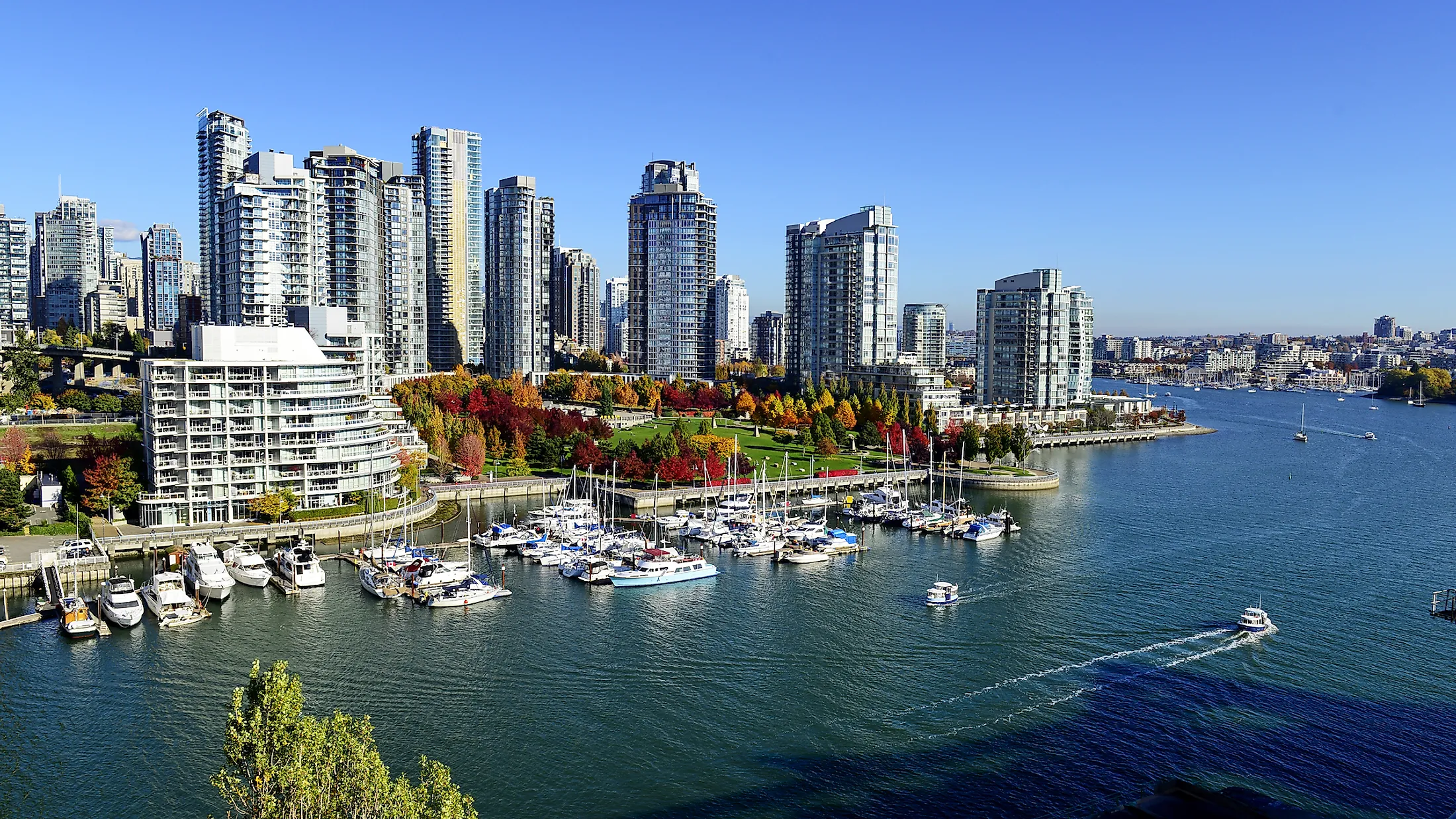
Vancouver, Canada
Vancouver, British Columbia, is perhaps one of the fastest success stories in the history of modern cities. Being one of the primary destinations in the northwest of the American continent, Vancouver has history and culture in spades.
Geography And Climate Of Vancouver
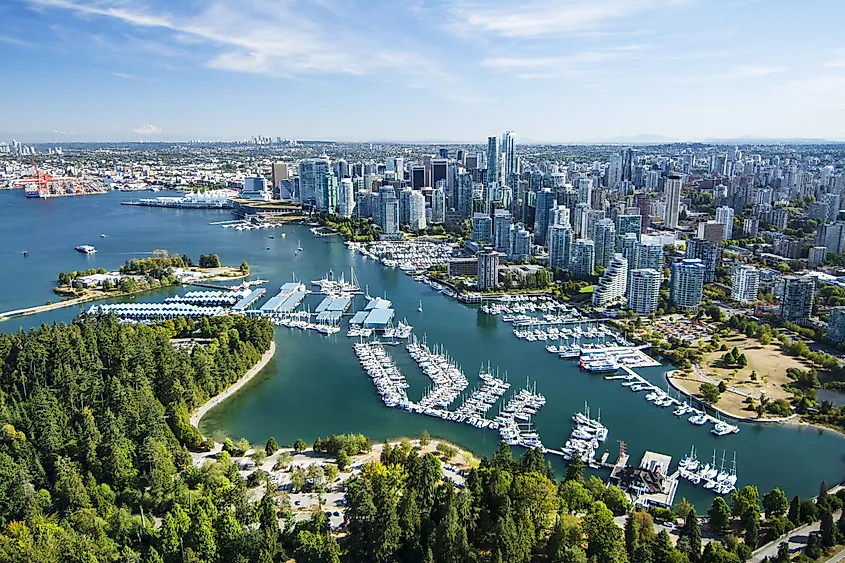
The city of Vancouver covers an area of approximately 115 square km. Vancouver is about 1 hour from the provincial capital, Victoria. The city is also 2 hours away from Seattle, Washington, in the United States. Vancouver is considered to have a marine west coast climate, with cool summers and mild, rainy winters. The city straddles the Burrard Inlet, leading out to the Strait of Juan de Fuca, which feeds out to the Pacific Ocean.
History Of Vancouver
Vancouver is located on the traditional territory of the Squamish, Burrard, and Coast Salish First Nations. By the time Europeans had begun settling in the area in 1862, European diseases had already lowered indigenous populations. Loggers settled the area in the early 1860s and called their village Moodyville. Created soon after, the Hastings Mill, owned by Edward Stamp, was the main economic producer for the area for two decades. The Canadian Pacific Railway soon established a base in the town. Moodyville was renamed Granville by the colonial authorities, but many locals called the town Gastown. This nickname formed as a result of a popular tavern created by "Gassy" Jack Deighton becoming a common meeting place for the residents of the new town.
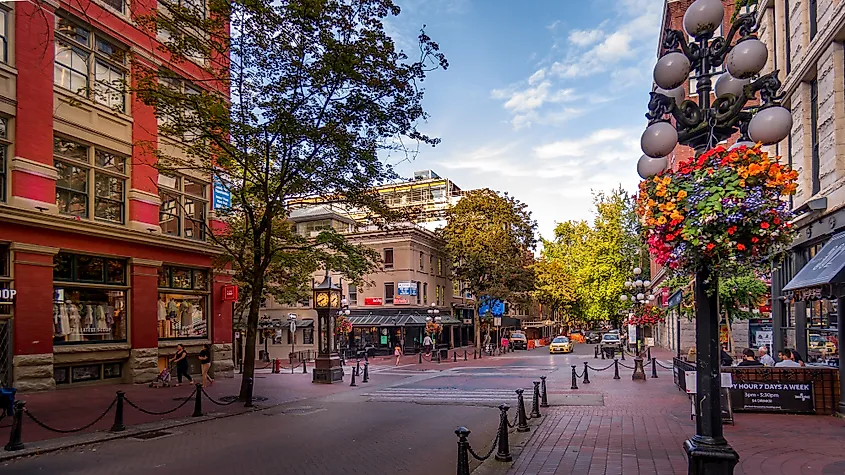
The 1850s and 1890s gold rushes of the northwest also brought quite a few people to the area around modern Vancouver. The city was incorporated in 1886 and was renamed Vancouver after 18th-century British explorer George Vancouver. Vancouver's place alongside the Pacific Ocean also made it a prime shipping location, especially as the British Empire reached its zenith at the end of the 19th century.
Vancouver was a site of significant labor rights struggle in the early 1900s, especially by railway employees, who constituted a large swath of the city's labor force. These tensions increased during the Great Depression in the 1930s, to the point of protesters attempting to march on Ottawa to demand better conditions. Vancouver also produced many women's rights activists, particularly in the fields of suffrage and temperance. Mary Ellen Smith, a Vancouverite and women's-rights activist became the first woman elected to a provincial legislature in Canada in 1918. Unfortunately, for all of Vancouver's progressivism, it still rode the wave of many racist and colonialist ideas in its early days.
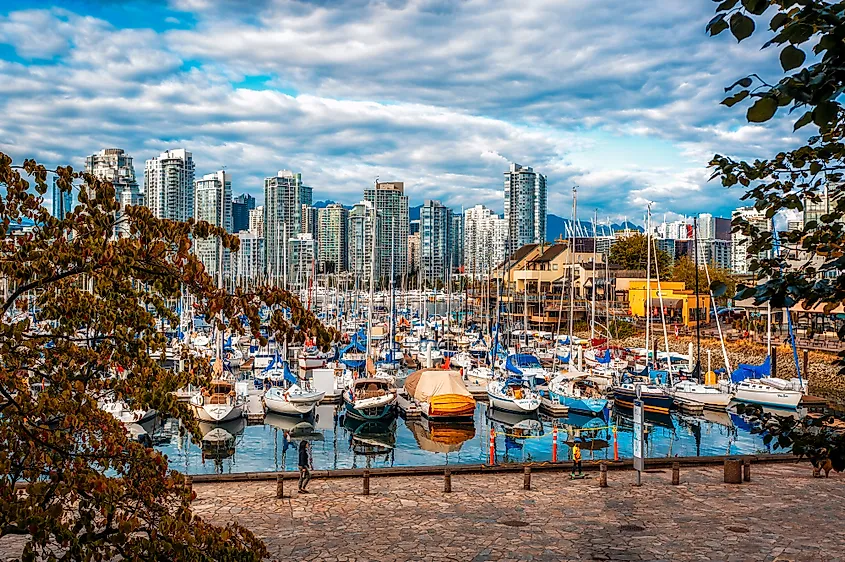
The city's location along the Pacific made it a common location for East Asian immigrants. The empowered Anglo-Canadian population passed laws to reduce the number of East Asians in the province of British Columbia. They also tried to regulate their behavior and constantly made racist remarks in the press about East Asian immigrants. This was made worse in the 1940s when Canada went to war with Imperial Japan. The East Asian population, especially the Japanese community, suffered greatly at the hands of racist mobs and the government. The government enacted a policy of internment of Japanese-Canadian citizens, stripping them of their property, land, and rights. Other people of color did not fare well either, as they faced segregation and racism as well. Vancouver grew rapidly in the post-WW2 era and began to shed its ugly past. Vancouver began to rival cities like Toronto and Montreal in population and influence. The progressive politics of Vancouver only grew. People of the majority-Chinese Strathcona neighborhood of Vancouver successfully stopped the city from bulldozing their neighborhood in their attempt to build a highway in the 1960s.
One of the leading environmental activist groups today, Greenpeace, was founded in Vancouver in 1971. The city's growth was a catalyst for building stadiums such as BC Place and Empire Stadium. Simon Fraser University was founded in 1959 and increased the city's population and prestige. The economy globalizing further in the 1980s and 90s was a boon to Vancouver's shipping industry, as it became a prime location for both import and export to East Asia. Vancouver went on to host the 2010 Winter Olympic Games, has grown into one of the largest LGBT communities in North America, and continues to grow in size and population. Vancouver also has plans to become the most environmentally friendly city globally. However, the city is considered one of the most unaffordable in the world, as the cost of living there puts stress on many middle and lower-class communities. This has been compounded by two economic recessions in 2008 and 2020, the latter of which was due to COVID-19.
Economy Of Vancouver
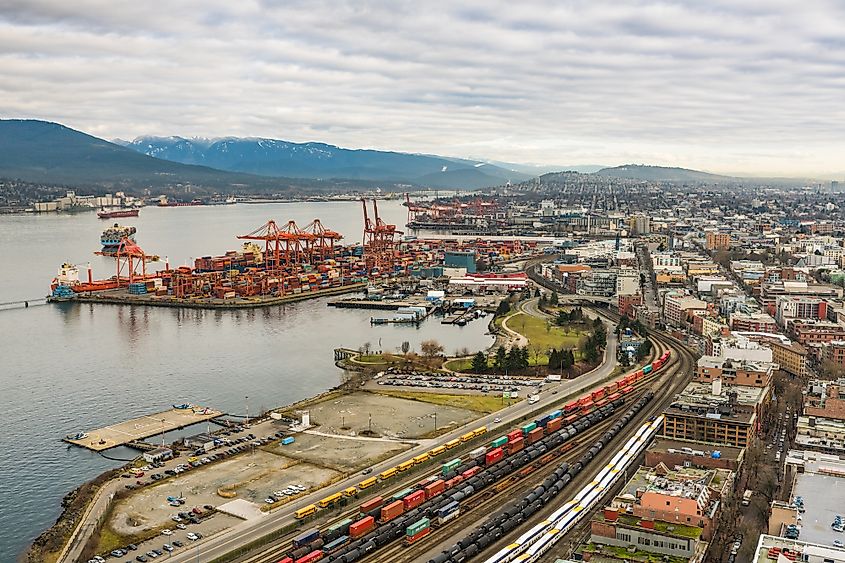
Economically, Vancouver has a lot going for it. The aforementioned placement on the pacific coast makes international shipping a huge cash cow for Vancouver. Vancouver's positioning also makes it a primary location for land shipping routes via truck and rail. The oil industry of British Columbia also aids in the city's development. Most interestingly, the city's growth has been supplemented by an influx of foreign capital, particularly from Hong Kong. Vancouver is also highly sought after as a tourist destination for the natural beauty surrounding it, as well as for its sports scene.
Attractions In Vancouver
Regarding attractions, Vancouver can contend with any North American big city. The city has three professional sports teams. The Vancouver Canucks of the NHL are the most popular team in the city. The Vancouver Whitecaps of the MLS are also well-regarded in the city and have a heritage spanning back to 1974. The BC Lions play in the All-Canadian CFL out of Vancouver, sharing BC place with the Whitecaps.
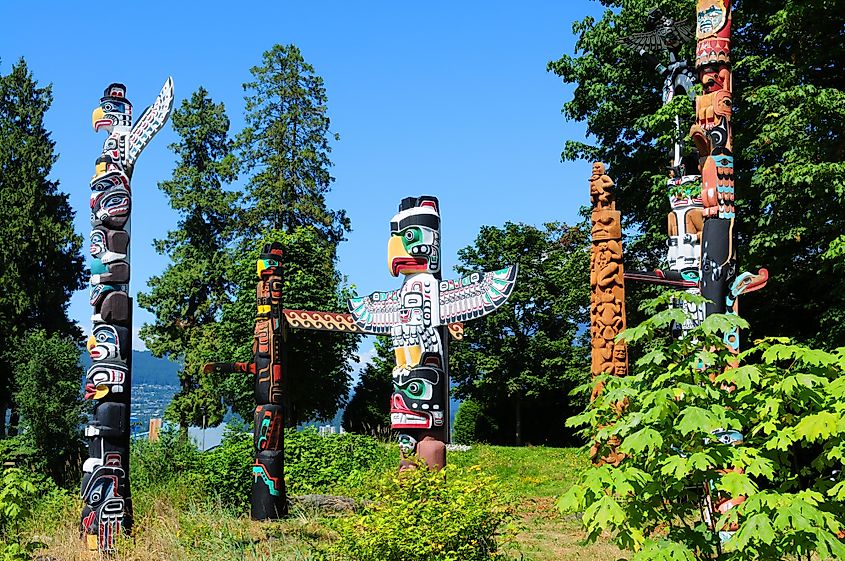
You can visit Stanley Park, a 1000-acre expanse filled with walking trails, beautiful nature, and monuments. The Museum of Anthropology is a place that educates and preserves the history of the many First Nations groups in British Columbia. Many seaplane tours are offered to get an aerial view of the city and surrounding landscape. There are also many tours in which you can watch the whales that swim around the coast of Vancouver. Speaking of sea life, you can visit the Vancouver Aquarium to witness the fascinating animals that inhabit the local area. You can visit the historic Vancouver Chinatown. The extensive East Asian heritage in Vancouver means that Chinatown is a great place to shop, sightsee, and immerse yourself in a unique culture.
Vancouver is young in the grand scheme of cities. However, it has a complex history and diverse culture that make it feel as if it has been around far longer than it actually has. That is a testament to how the people of Vancouver truly created something incredible out of almost nothing. The city still has growing to do and needs to make itself more accessible. Nonetheless, Vancouver has existed for far less time than Toronto or Montreal but in its short existence, has carved out a space as one of the "big 3" cities in Canada. With more time, it almost feels like the sky might be the limit for Vancouver.


